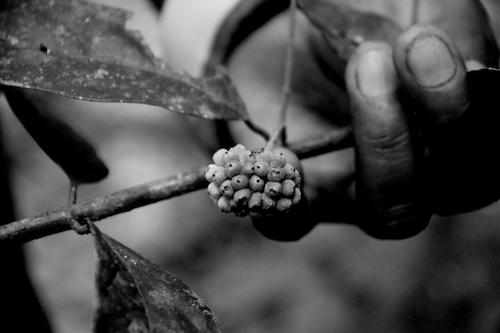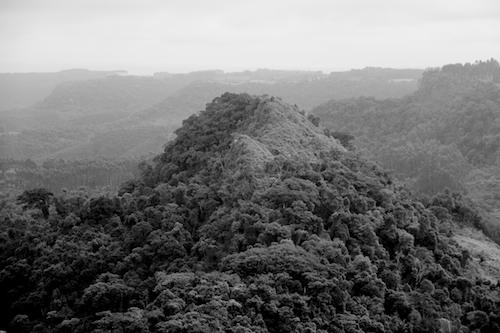Thiago Gomes
This project aims to support and promote local processes and activities towards biocultural conservation and restoration at the Ibirama-Laklãnõ Indigenous Territory. “Kute Bág”, meaning “big forest”, refers to the former condition of Mata Atlântica in southern Brazil, traditionally occupied by the Laklãnõ, one of the most biodiverse and threatened biomes worldwide. Laklãnõ culture and forest integrity walk hand-in-hand, and the establishment of model nurseries for native trees, seedbanks and restoration areas resonate with the ongoing movement of Laklãnõ cultural rekindling, as part of local interventions for the conservation of forest ecosystems, threatened species and cultural practices in their territory.

Restoring Kute Bág emerges from the recognition of Laklãnõ-Xokleng Indigenous People’s knowledge about ecosystems and the endogenous movement for restoration of forests and cultural rekindling, identified during research partnership between the Laklãnõ-Xokleng community and the Laboratório de Ecologia Humana e Etnobotânica (ECOHE.ufsc.br) at the Universidade Federal de Santa Catarina – more recently, in the doctoral work of Thiago Gomes. Restoring Kute Bág (literally, ‘big forest’) refers to the former and pre-contact condition of Mata Atlântica in southern Brazil, one of the most biological diverse and threatened biomes worldwide today. Laklãnõ-Xokleng territory has been reduced and limited to less than 20,000 hectares, after a century of land conflicts and illegal forest exploitation in the last century. Despite of this, the largest continuous forest areas in the region are within the indigenous territory, with and 90% of forest cover from intermediate to advanced regeneration stages.

The project aims to support and promote local processes and activities towards biocultural conservation and restoration at the Ibirama-Laklãnõ Indigenous Territory through the establishment of a formal programme of plant nurseries for red-listed species, with ecological and cultural relevance (such as Araucaria angustifolia, Euterpe edulis, Dicksonia sellowiana), organization of local seedbanks and definition of areas for restoration, also providing alternative income and more sustainable livelihoods within the community and stimulating interest and conversations on themes of forest ecology, biodiversity and traditional practices to a wider audience within the community. Model nurseries with direct involvement of local coordinators, workers, volunteers, leaders and elders in everyday activities and in the planning of restoration and conservation interventions in the short and long-run, encourage participatory approaches and allow for adaptive management in all processes of the project. In this way, Restoring Kute Bág contributes directly to the local movement of biocultural conservation, and serves as a way forward to larger scales.